Cold emailing can be a powerful tool for generating leads and driving sales, but many businesses struggle to see the desired results, often wondering why their cold emails not working. The truth is, cold email success goes beyond sending a well-crafted message to a potential customer. It requires a combination of strategic planning, captivating subject lines, value-driven content, and a deep understanding of your target audience. In this blog post, we’ll help you unlock the secrets to increasing your cold email response rates and skyrocketing your sales by addressing the issue of cold emails not working.
Key Takeaways
- Personalize cold emails to add a human touch & increase response rates.
- Strike the right balance between clarity and curiosity in subject lines for maximum open rates.
- Use language that resonates with your recipient, highlight benefits of your offering & include motivating call-to-action to maximize success!
Identifying the Disconnect: Why Cold Emails Fail

Cold emails may not succeed due to reasons like no personalization, weak value proposition, or low deliverability. To achieve success with your cold emails, you need to write personalized messages for the recipient, target appropriate people, offer a compelling value proposition, and maintain high delivery rates. For example, mentioning the recipient’s company name can show you’ve done your research and make the recipient feel valued, increasing the likelihood of a response. Following up with additional emails is also a must to keep the email prominent in the recipient’s inbox and boost the chances of getting a response.
Remember, a little personal touch can go a long way in making your cold emails stand out. If you can make your recipients feel like you genuinely understand their needs and have a solution to their problems, you’re more likely to see positive results.
Crafting Compelling Subject Lines That Get Clicked

Subject lines are essential for ensuring high email open rates, especially in the initial cold email. Crafting compelling subject lines in cold sales emails requires being both clear and straightforward while also sparking curiosity by making the recipient feel like the email is meant for only them.
The upcoming details will focus on:
- The significance of a personal touch
- How curiosity encourages clicks
- The importance of prioritizing clarity over creativity in creating attention-grabbing, clickable subject lines.
The Power of Personal Touch

Personalization in subject lines can make a significant difference in open rates. Including the recipient’s name or other personal details can help the recipient feel appreciated and boost open rates. Creating personalized email subject lines that stand out can enhance the likelihood of your message being read and receiving a response.
Implement strategies such as:
- Including the recipient’s name
- Creating a sense of urgency
- Tailoring the subject line to their interests
- Referencing their transaction history
- Using exclusivity
These strategies will make your subject lines stand out and resonate with your recipients.
Curiosity Wins Clicks

Curiosity can be an incredibly powerful tool when it comes to increasing email open rates. Question-style subject lines, for example, can draw in the recipient’s curiosity and prompt them to open the email to find the answer, resulting in higher open rates and increased engagement with the content. Try using phrases like:
- “What if I told you…?”
- “Do you know the secret to…?”
- “Can you guess what’s inside?”
- “What’s the one thing you need to know?”
to get people interested and engaged.
Utilizing curiosity effectively can yield significant benefits like increased open rates, higher click-through rates, and more site traffic.
Clarity Over Creativity

While creativity in subject lines might seem appealing, it can potentially reduce email open rates due to confusion or lack of clarity. Clear and straightforward subject lines tend to generate more responses compared to creative ones. Maximizing subject line effectiveness requires a balance between clarity and curiosity.
Keep your subject lines concise and straightforward, providing a compelling reason to open your email, and you’ll be well on your way to boosting your cold email campaign’s success.
Value-Driven Content: What to Include in Your Cold Email
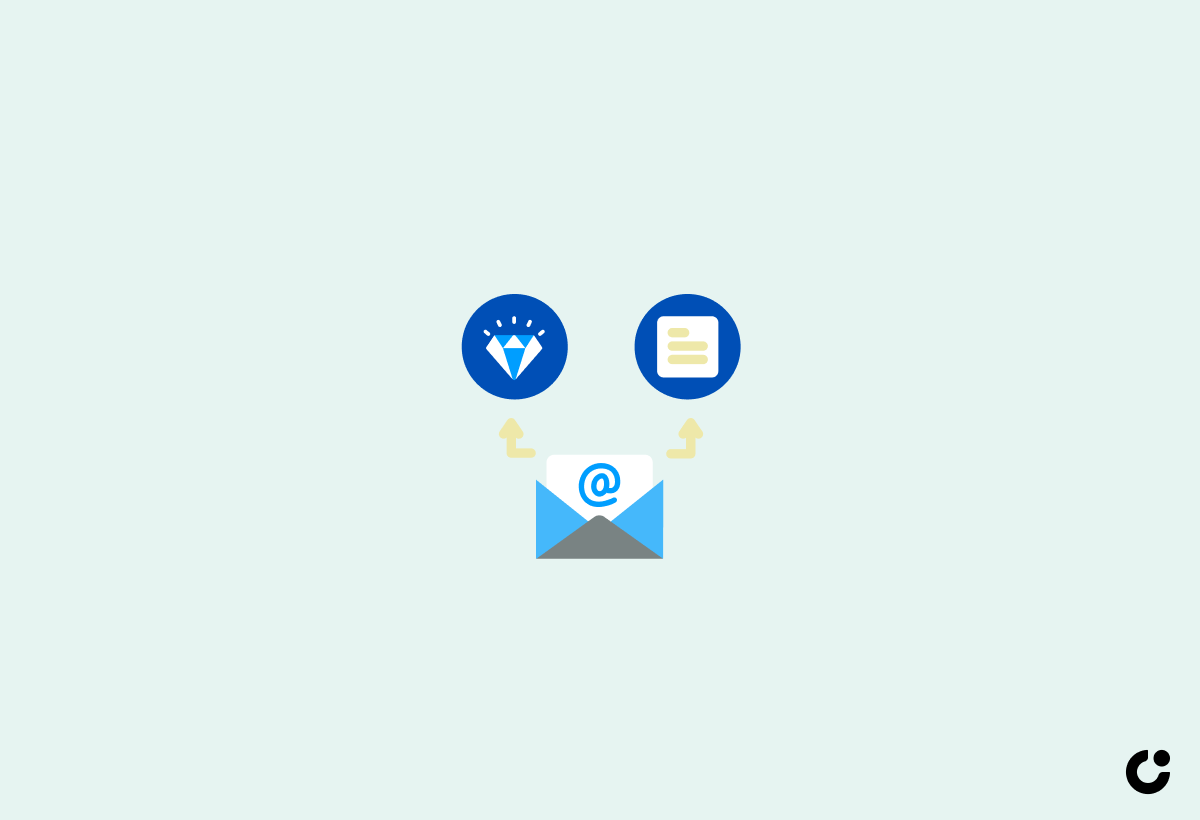
The content within your cold email holds equal importance to the subject line when it comes to driving engagement and eliciting responses. In the following subsections, we’ll cover strategies for crafting cold email content that resonates with recipients, such as speaking their language, showing the benefits of your product or service, and including a strong call to action.
Speak Their Language

Using industry-specific terms and addressing pain points can demonstrate your expertise and authority in the industry, thus improving engagement with your cold emails. Tailoring the message to the recipient, focusing on their problems and how you can solve them, and showing empathy are all great strategies to demonstrate understanding of the recipient’s needs in cold emails.
Communicating in your recipient’s language can make your cold email outreach resonate and prevent it from being perceived as irrelevant or insensitive.
Show, Don't Tell

When it comes to showcasing the value of your product or service in a cold email, it’s important to focus on providing evidence to support your claims and emphasizing the benefits. Our software features advanced analytics, capable of revealing data-driven insights. These insights have the potential to boost your website traffic by 50%. By showing the potential impact and benefits of your product or service rather than just telling, you can make your value proposition stand out and resonate with your recipients.
Call to Action That Converts
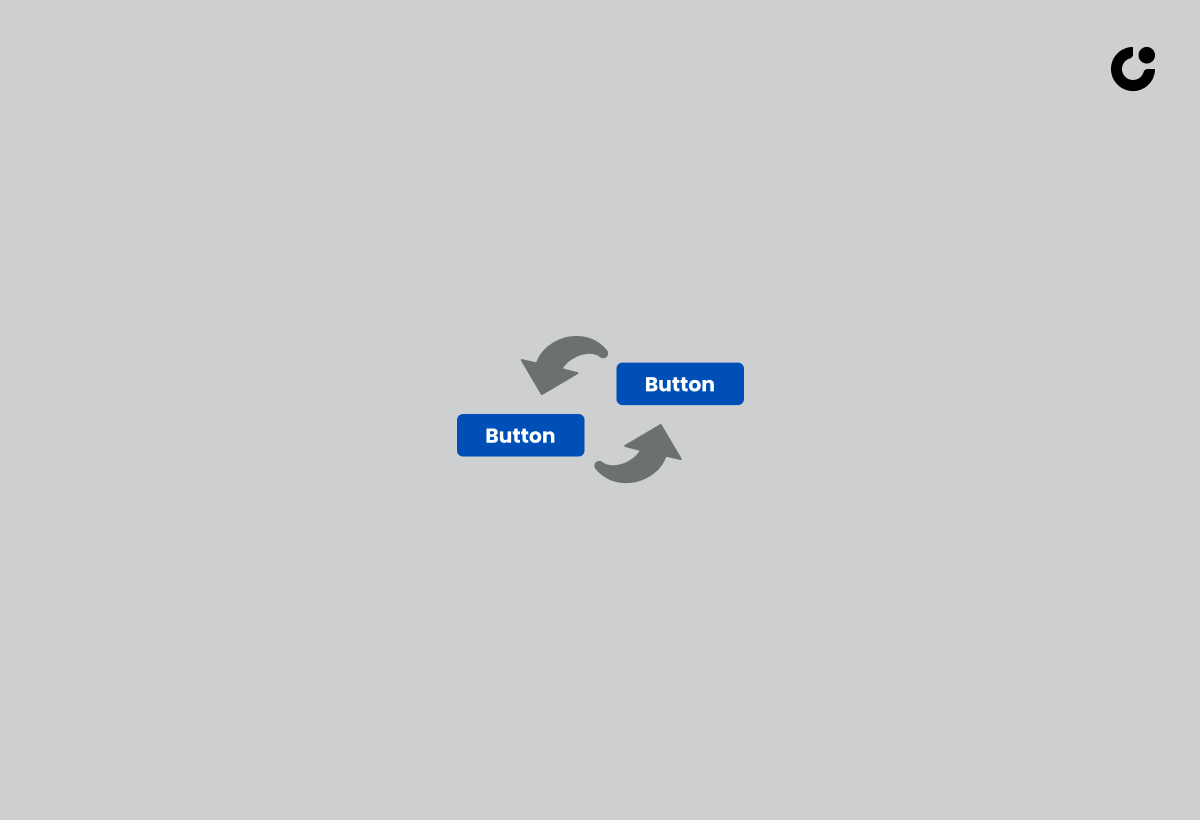
Creating a clear and compelling call to action is essential for encouraging recipients to take the desired action. Here are some tips for crafting a call to action that converts:
- Use powerful action words and verbs
- Stir emotion or excitement
- Emphasize the advantages or value
- Spark curiosity
- Present an issue and provide a solution
A thoughtfully constructed call to action can significantly boost the likelihood of positive responses or engagement from your cold outreach strategies, such as cold emails and direct mail.
Timing and Frequency: When and How Often to Send Cold Emails
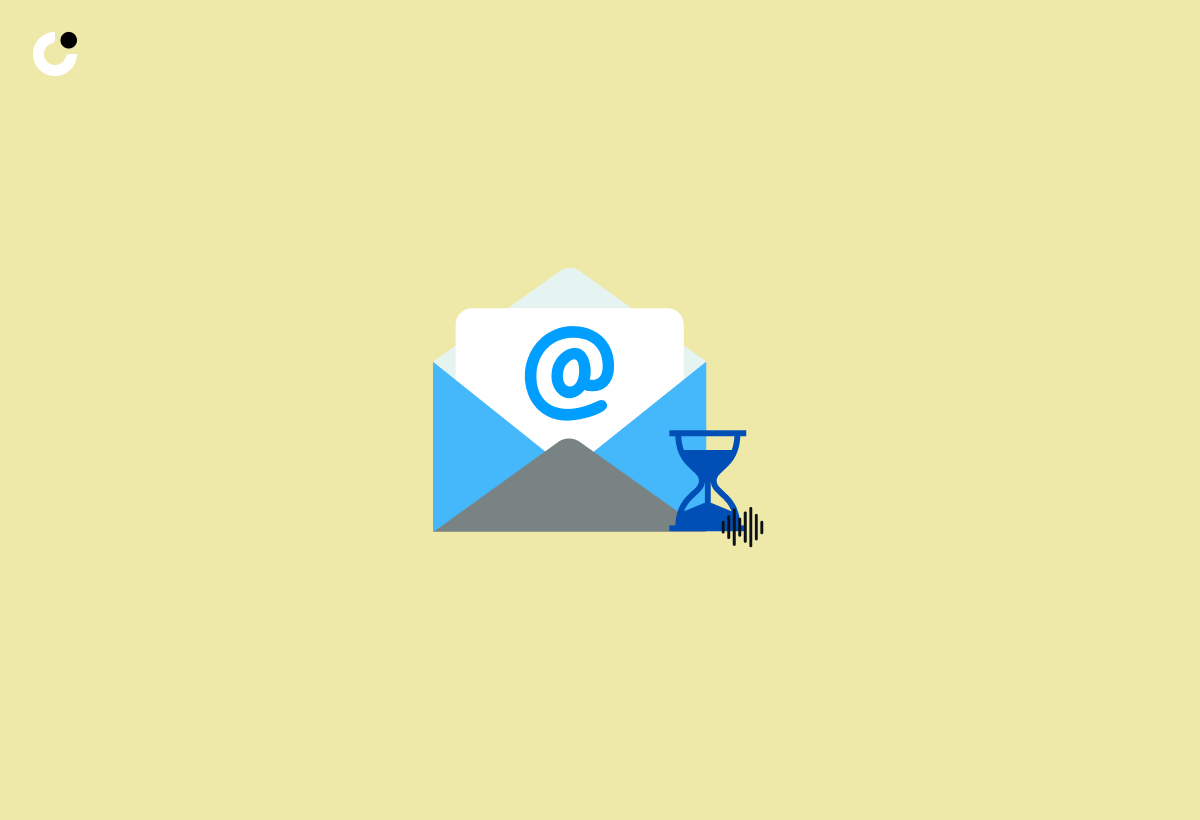
The success of your cold email campaigns heavily depends on timing and frequency. In the following subsections, we’ll cover tips for determining when and how often to send cold emails, including the ideal time to send, following up without being pushy, and knowing when to move on.
The Ideal Time to Hit Send

Sending your cold emails at the right time can significantly increase your chances of getting a response. Research suggests that sending cold emails between 8:00 am and 11:00 am in the recipient’s time zone is likely to maximize your chances of getting a response, as this is typically when professionals check their inboxes. However, the ideal send time may vary depending on your target audience and industry, so it’s important to adjust your approach accordingly.
Follow Up Without Being Pushy
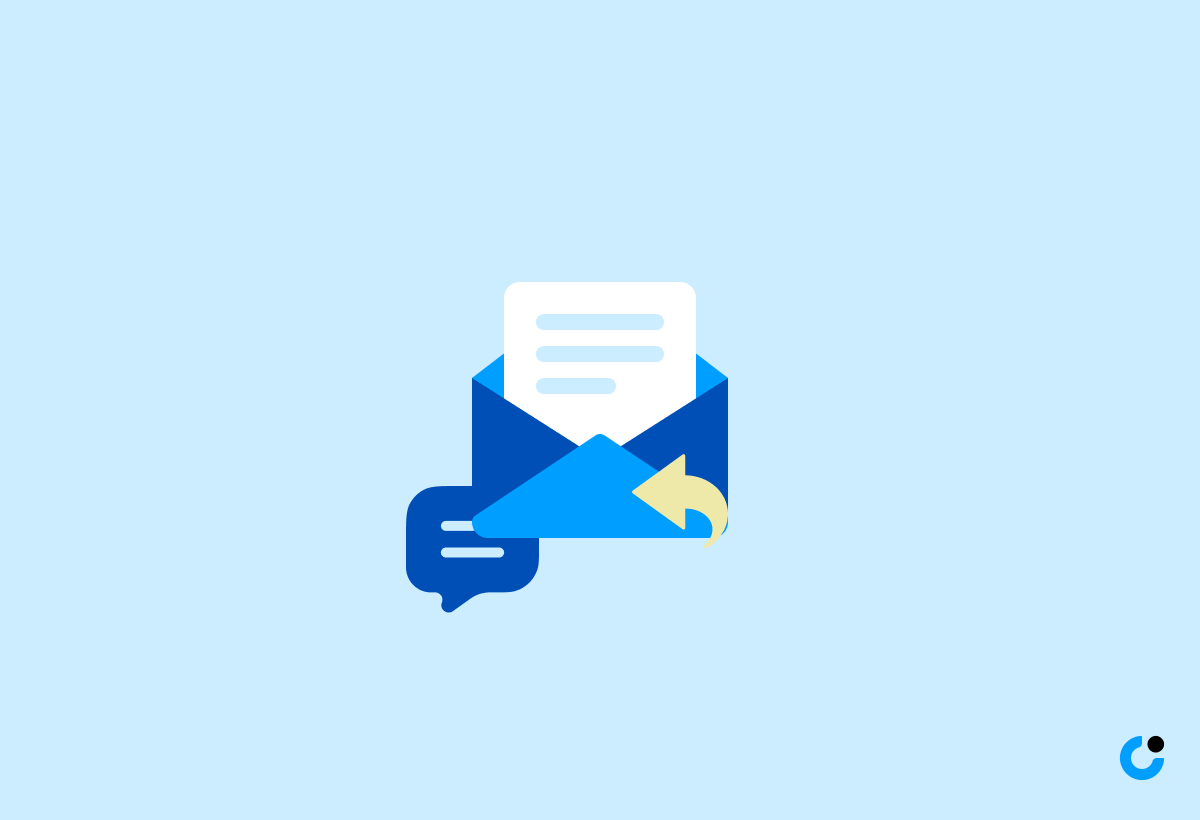
Following up with recipients is essential for keeping your cold email prominent in their inbox and maximizing your chances of getting a response. However, it’s important to strike a balance between persistence and being pushy. Generally, waiting 3-5 business days before sending a follow-up email is a good rule of thumb, but the frequency of follow-up emails may vary depending on the context and the recipient’s preferences.
Offering value in your follow-up emails and empathetically approaching your recipients can enhance your success chances without seeming pushy.
Recognizing When to Move On

Knowing when to stop pursuing a lead and focus on other prospects is an essential part of cold email outreach. While it’s recommended to send 2-3 follow-up emails, research shows that 95% of all converted leads are reached by the sixth call attempt, so don’t give up too soon. However, it’s important to recognize when it’s time to move on and dedicate your valuable time and resources to other prospects who may be more likely to convert.
Testing and Optimizing Your Cold Email Campaign
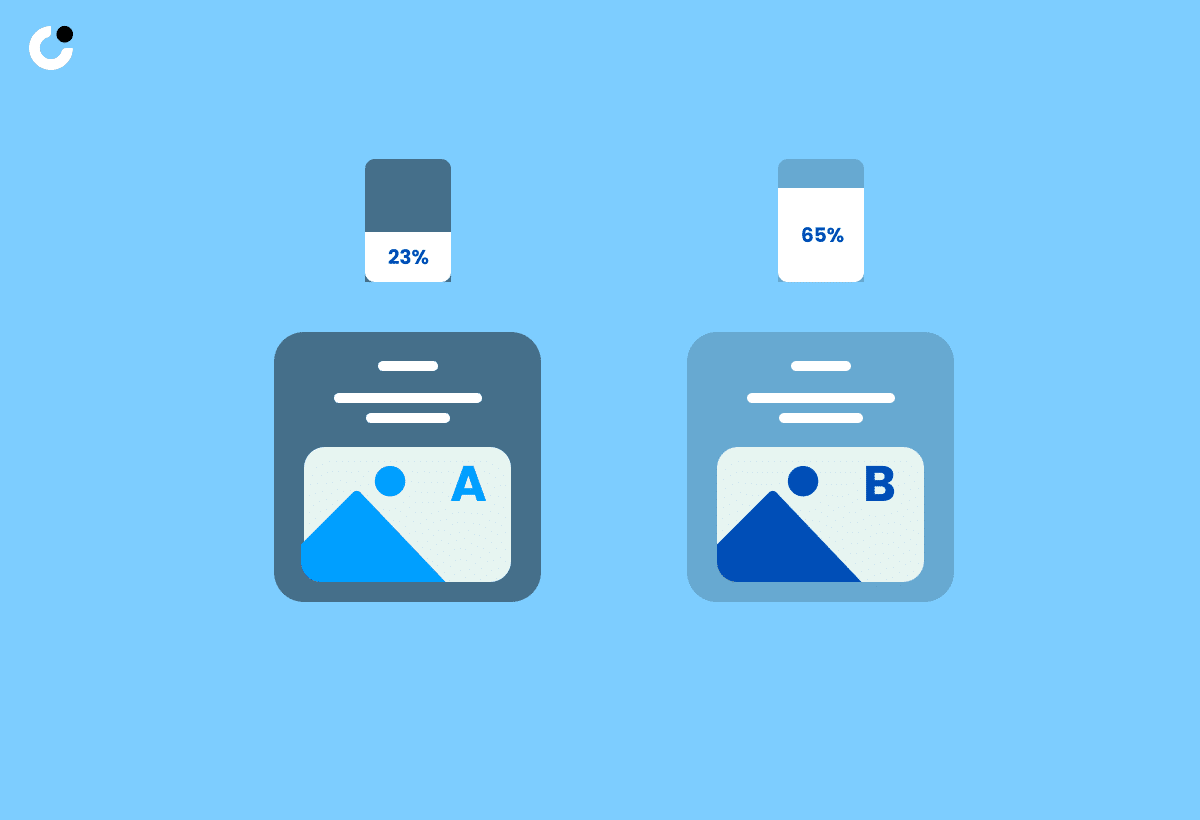
For achieving the maximum success with your cold email campaigns, testing and optimizing your emails is necessary. In the following subsections, we’ll cover techniques for improving cold email performance through split testing, content variations, and analyzing results.
Split Testing Subject Lines

Split testing subject lines is an excellent way to optimize your subject lines and determine which one performs best. By comparing different subject lines and analyzing their performance, you can identify the most effective subject lines for your target audience and objectives. There are several factors to consider when split testing subject lines, such as:
- Length
- Personalization
- Clarity
- Tone
- Call-to-action
Trying out different subject lines and monitoring the results can aid in maximizing the success of your cold email campaigns, including cold email prospecting, as cold email techniques work.
Content Variations

Trying different email content can aid in identifying what most resonates with your recipients and in maximizing your cold email engagement. By using dynamic email content and varying the content of your emails, you can ensure that your messages stay captivating and engaging, increasing the likelihood that recipients will:
- Open and read your emails
- Click on links or call-to-action buttons
- Reply to your emails
- Take the desired action
Tailor your email content to the preferences and pain points of your target audience to make your cold emails as relevant and impactful as possible.
Analyzing Results

Evaluating the performance of your cold email campaigns is crucial for making data-driven improvements and maximizing your success. Analyzing key metrics such as:
- Open rate
- Response rate
- Conversion rate
- Click-through rate (CTR)
- Bounce rate
Analyzing your data can help you uncover insights and make the necessary adjustments to your campaigns through an informative blog post, ensuring that only you can achieve the desired results.
Tracking and analyzing these metrics can assist in optimizing your cold email campaigns and ensuring optimal results.
Navigating Email Deliverability Challenges
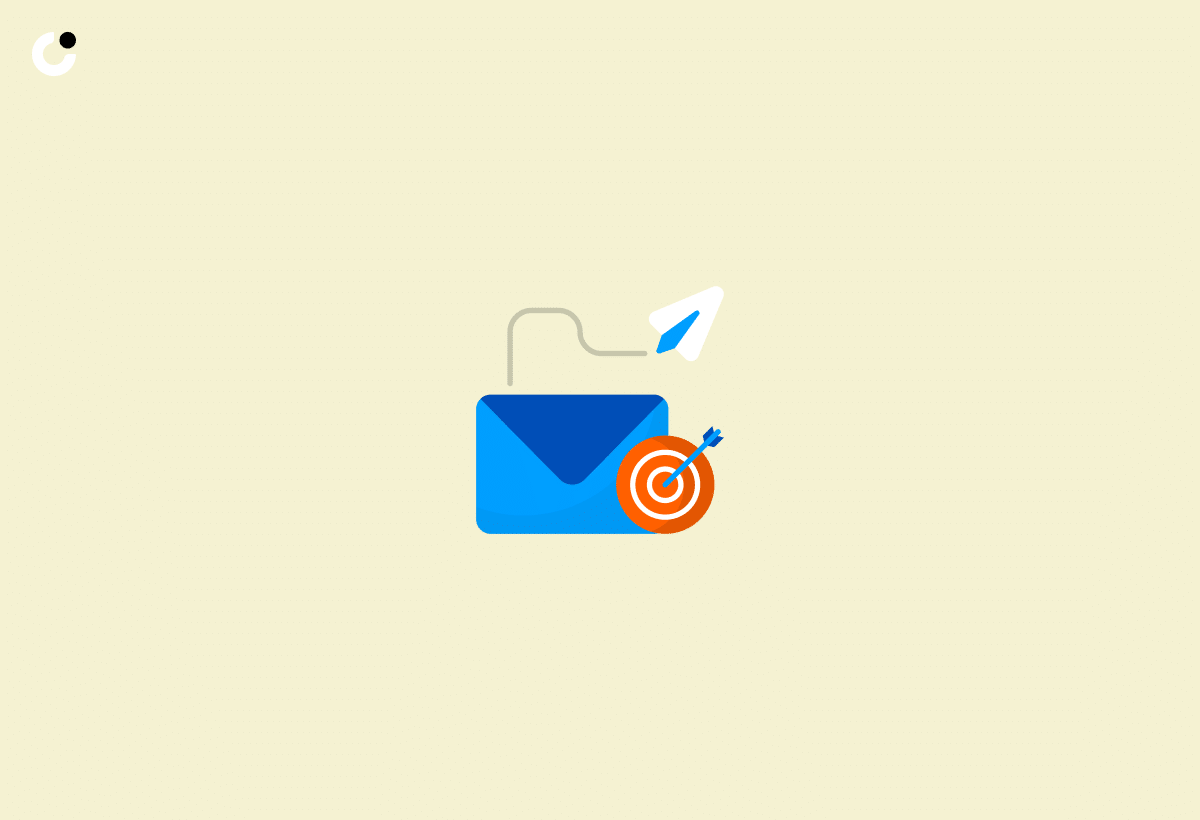
Making sure that your cold emails reach the recipients’ inboxes is key to your campaign’s success. In the following subsections, we’ll share tips for overcoming email deliverability challenges, including domain authentication, avoiding spam triggers, and maintaining a clean email list.
Authenticating Your Domain

Email authentication is extremely important in enhancing the deliverability and credibility of your cold emails. To authenticate your domain for email, you can use protocols such as SPF (Sender Policy Framework), DKIM (DomainKeys Identified Mail), and DMARC (Domain-based Message Authentication, Reporting, and Conformance). Implementing these protocols can help you establish trust with email service providers (ESPs) and ensure that your emails are secure and trustworthy.
Avoiding Spam Triggers
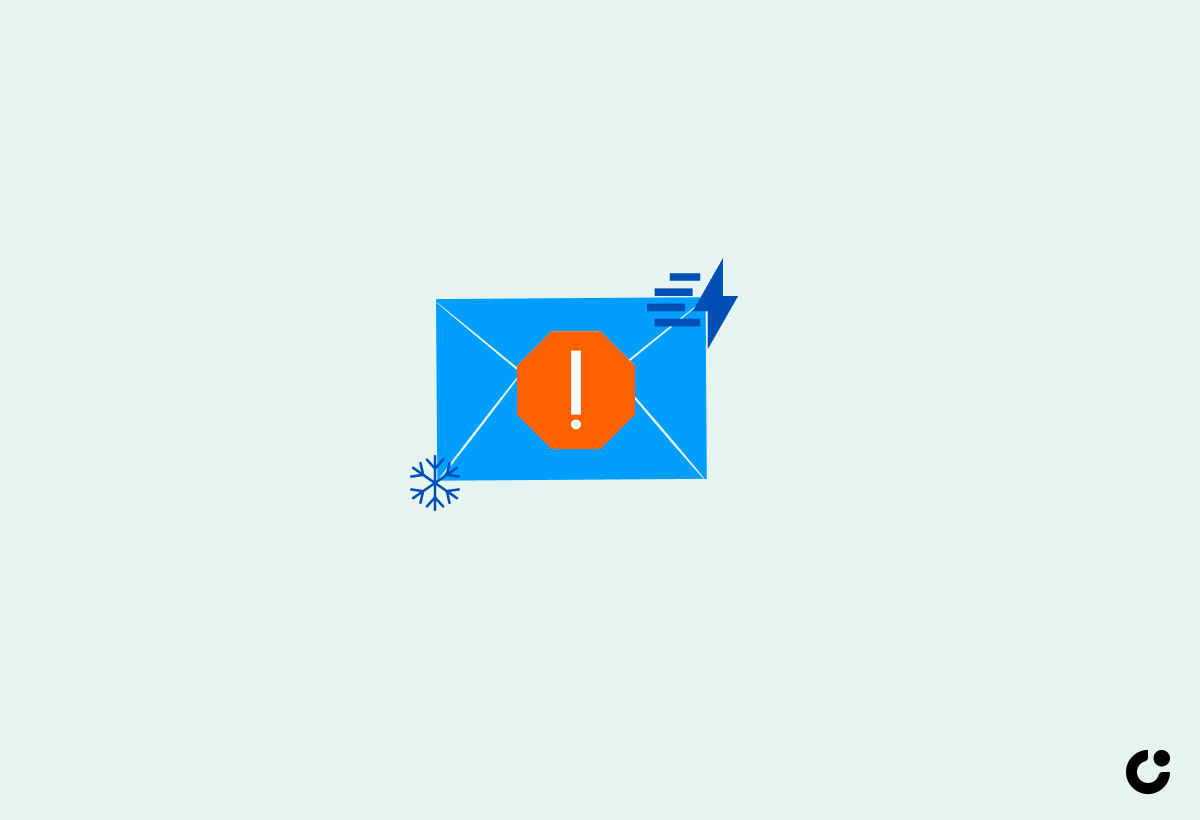
Avoiding common spam triggers is essential for ensuring that your cold emails don’t get flagged as spam and end up in the spam folder. Some common triggers include:
- Using too many images
- Using spam trigger words or phrases
- Having a poor sender reputation
- Low engagement rates
By being aware of these triggers and taking steps to prevent them, you can improve the deliverability of your cold emails and increase the likelihood of your messages reaching their intended recipients.
Maintaining a Clean Email List

Keeping your email list updated and clean is key to enhancing deliverability and response rates. By using tools such as:
- Kickbox
- MailGet List Cleaning
- Emailsearch.io Free Email Verifier
- ZeroBounce
- EmailChecker
You can ensure that your email list is up-to-date and accurate.
A clean email list can help you reduce bounce rates, increase open rates, decrease spam complaints, and lower costs, ultimately contributing to the success of your email marketing and cold email campaigns.
Summary
In conclusion, the key to cold email success lies in understanding your target audience, crafting compelling subject lines, providing value-driven content, optimizing timing and frequency, testing and optimizing your campaigns, and navigating email deliverability challenges. By implementing these strategies and constantly refining your approach, you’ll be well on your way to increasing your cold email response rates and achieving greater sales success.
Frequently Asked Questions
Do cold emails work anymore?
Cold emails may seem outdated, but they can still be effective if done right. According to Backlinko, the average cold email reply rate is 8.5%. For better results, make sure to target the right prospects, personalize emails, and follow up consistently.
Can you get in trouble for cold emailing?
Although cold emailing is legal, you must comply with anti-spam laws such as CAN-SPAM, GDPR, and other governing email communications in order to avoid legal penalties and fines. Violating a country's rules can have severe repercussions, so be sure to follow the regulations closely.
Why am I not getting email responses?
Your emails lack personalisation and contain grammar mistakes, making it hard for recipients to understand who you are. Ensure your emails are clear, concise and error-free for maximum impact.
What is the ideal time to send cold emails?
For best results, send cold emails between 8:00 am and 11:00 am in the recipient's time zone to maximize your chances of getting a response.
What is the recommended number of follow-up emails to send to convert a lead?
Send 2-3 follow-up emails, and don't give up until you've reached the sixth call attempt - 95% of all converted leads are reached by then.

